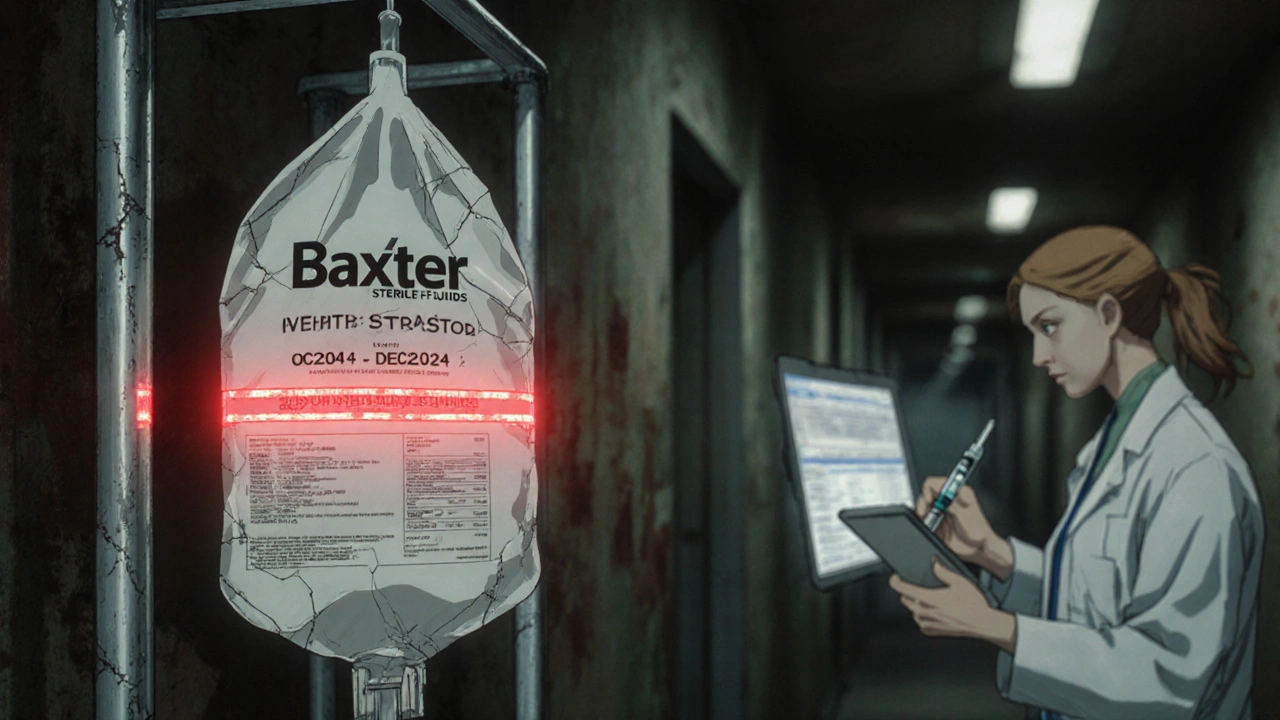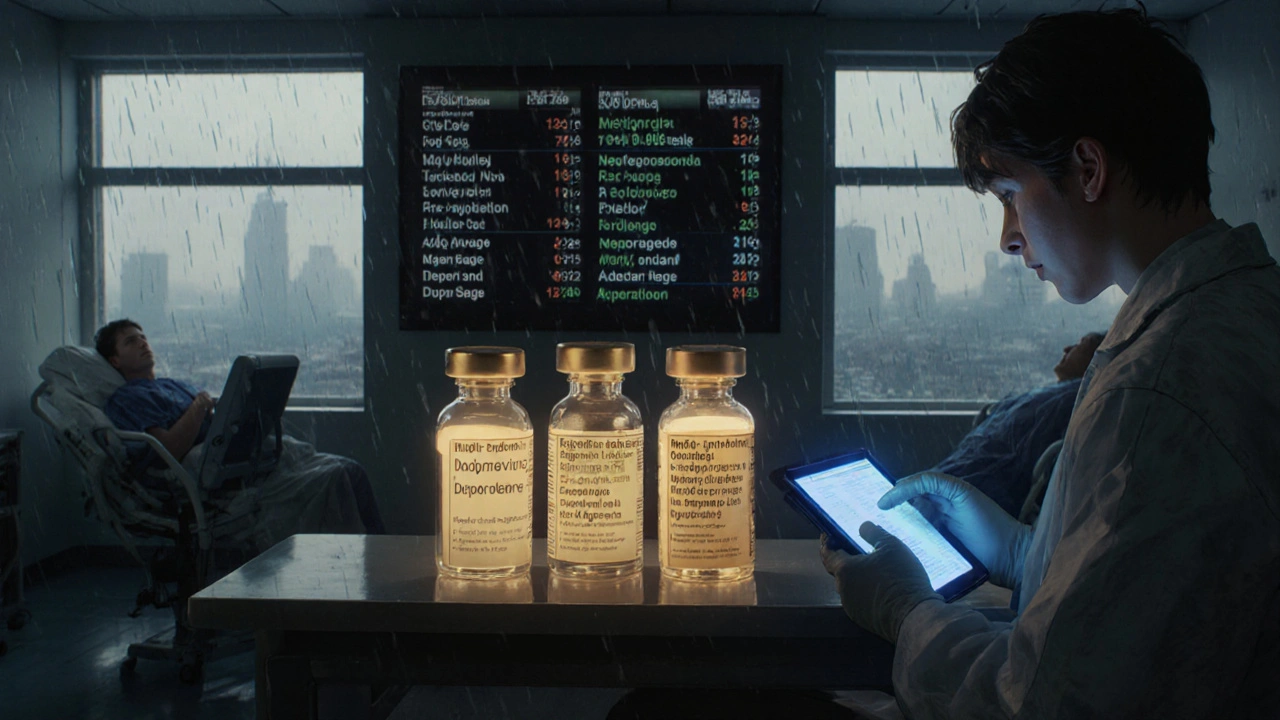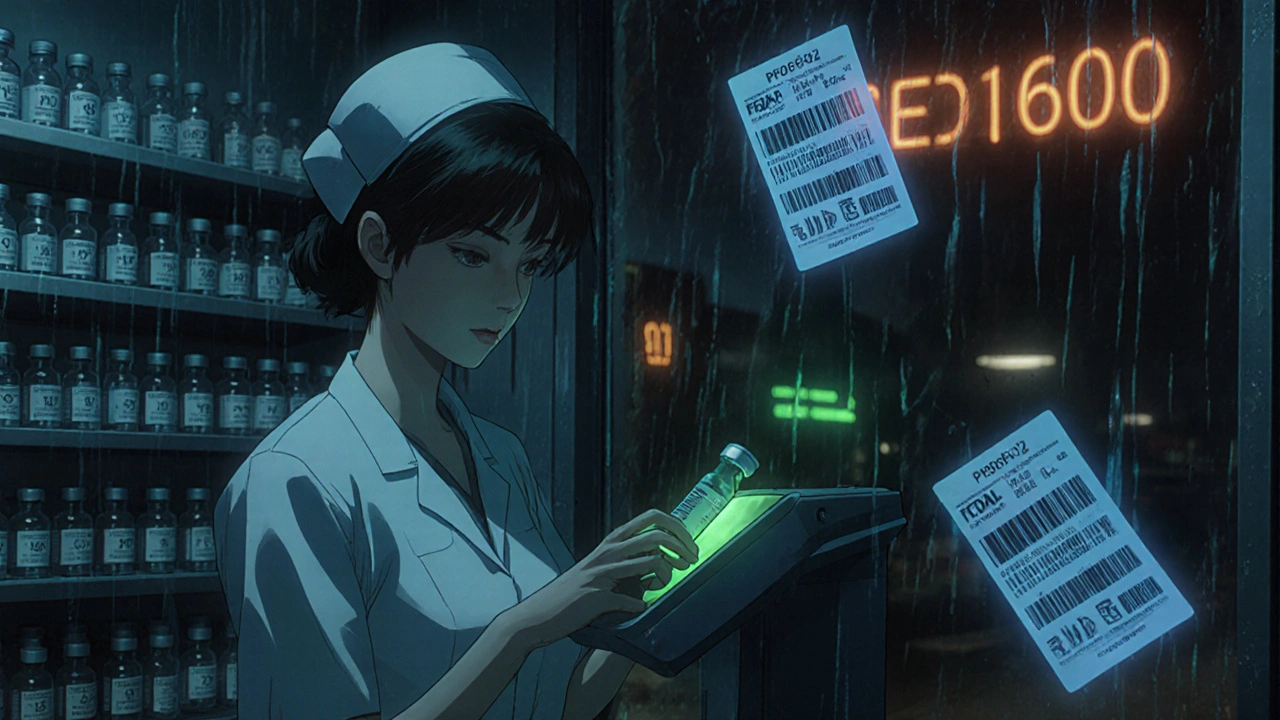When a life-saving drug runs out, what do hospitals do? In the U.S., the FDA doesn’t just wait for more supply to arrive. It lets pharmacies and clinics keep using certain drugs past their printed expiration dates - legally and safely - if stability data supports it. This isn’t a loophole. It’s a carefully controlled, science-backed tool used only when the stakes are highest.
Why expiration dates get extended
Expiration dates on drugs aren’t arbitrary. They’re based on stability testing that shows how long a medication keeps its strength, purity, and safety under normal storage conditions. But those tests are done under ideal lab conditions. Real-world data often shows many drugs remain effective and safe long after their labeled date - especially if stored properly. The FDA steps in during shortages to extend those dates when:- A drug is critical - like epinephrine, propofol, or IV fluids
- There’s no good alternative
- The manufacturer provides solid stability data proving the drug still works
- The shortage is real and ongoing
How the FDA approves extensions
Manufacturers don’t just slap on new dates. They must submit detailed stability data to the FDA. This includes testing batches over time for:- Chemical breakdown
- Potency (does it still deliver the right dose?)
- Contamination
- Physical changes (color, clarity, particles)
- Exact lot numbers
- NDC codes
- Original expiration date
- New extended use date
Real examples from the FDA’s list
The FDA’s public database isn’t theoretical. It’s used daily in hospitals. Here are real examples from late 2024:- Meperidine hydrochloride injection (Hospira, NDC 0409-1178-30, Lot HN8657): Extended from Sept 30, 2025 to Jan 30, 2026
- Ethiodized oil injection (Guerbet, NDC 67684-1901-2, Lot 24LF701A): Extended from Dec 31, 2025 to March 31, 2026
- Dantrolene sodium (Eagle Pharmaceuticals, NDC 42367-540-32): Multiple lots extended by 6-9 months

Who decides what gets extended?
The FDA doesn’t act alone. The decision is based on:- How many patients rely on the drug
- How many alternatives exist
- How dangerous alternatives might be
- Whether the drug is stockpiled for emergencies
What hospitals and pharmacies must do
This isn’t a free-for-all. Facilities must:- Check the FDA’s official list daily - it updates every 24 hours
- Match the lot number on the vial or bag to the list
- Update inventory systems to reflect new expiration dates
- Train staff to recognize and verify extended-date products
- Replace extended-date stock as soon as new supply arrives

Why this system exists
Drug shortages aren’t new. But they’ve gotten worse. Why?- Most generic drugs are made overseas, often by one manufacturer
- Quality control issues shut down entire plants
- Raw material delays ripple through supply chains
- Companies stop making low-profit drugs
What’s next?
The FDA says these extensions are temporary. As soon as new supply arrives, extended-date products must be removed from use and properly disposed of. But with global supply chains still fragile and single-source manufacturing common, this tool isn’t going away. The real goal? Prevent shortages before they happen. Better manufacturing standards. More backup suppliers. Transparency. But until then, extending expiration dates saves lives.For patients, this means: if your medication’s label says it expired, don’t panic. Check the FDA’s list. If your lot is included, it’s safe to use. If not, talk to your doctor. There may be alternatives - or your hospital may have stock with an approved extension.
For providers, it means staying vigilant. The FDA’s list is your most important tool. Bookmark it. Train your team. Update your systems. Lives depend on it.
Are drugs with extended expiration dates safe to use?
Yes - but only if they’re on the FDA’s official extended use list and the lot number matches exactly. The FDA requires manufacturers to prove the drug still meets purity, strength, and stability standards through rigorous testing. These aren’t guesses. They’re science-backed decisions. Using a drug past its printed date without FDA approval is unsafe.
Can I use a drug past its expiration date if it looks fine?
No. Even if a drug looks clear, smells normal, or hasn’t changed color, it may have degraded internally. The FDA only allows extensions for specific lots with approved data. Never assume a drug is safe just because it looks okay. Always check the FDA’s official list.
Does the FDA extend expiration dates for all drugs in shortage?
No. Only critical drugs with available stability data qualify. For example, propofol and epinephrine are common candidates. But drugs like aspirin or vitamin supplements rarely get extensions, even if they’re in short supply. The FDA prioritizes life-saving medications where alternatives don’t exist.
Do I need to relabel drugs with extended expiration dates?
No. The FDA does not require or recommend relabeling. Instead, providers must track extended dates using the FDA’s published list by lot number and NDC code. Pharmacies should update their inventory systems to reflect the new use dates without changing physical labels.
How often does the FDA update the extended use date list?
The FDA updates its public drug shortage and extended use date list daily. New extensions are added as soon as they’re approved, and resolved shortages are marked as such. Providers should check the list every day - especially during known shortage periods.
What should I do if my hospital runs out of a drug with an extended expiration date?
First, confirm you’ve exhausted all lots on the FDA’s extended list. Then, consult your pharmacy and clinical team for approved alternatives. The FDA does not regulate medical practice, so your provider may choose a different drug based on patient needs. Always document the shortage and any substitutions made.
Are these extensions permanent?
No. These are temporary measures. The FDA expects hospitals to replace extended-date products as soon as new, properly dated stock becomes available. Extended-date drugs should be removed from use and disposed of according to institutional protocols once normal supply resumes.
Can I find the FDA’s extended use date list online?
Yes. The FDA maintains a publicly accessible Drug Shortages page with a searchable table of all extended expiration dates. It’s updated daily and includes lot numbers, NDC codes, original and extended dates, and manufacturer details. You can access it directly through the FDA’s Center for Drug Evaluation and Research (CDER) website.
Bottom line
The FDA’s extended expiration date program isn’t a band-aid. It’s a lifeline. It’s the difference between a patient getting their needed medication and waiting weeks - or worse - for a risky substitute. The system works because it’s strict, transparent, and science-driven. It doesn’t cut corners. It just gives hospitals the time they need to fix the real problem: broken supply chains.If you’re a patient, know your meds. If you’re a provider, know the list. In a shortage, the right information can save a life.

Jennifer Walton
It’s not magic. It’s data. And it’s terrifying how few people actually check the FDA list before using anything past the printed date.
Most just assume ‘expired’ means ‘dangerous.’
It doesn’t. Not always.
But they don’t care.
They just want to panic.
And that’s the real crisis.
Kihya Beitz
Oh wow, the FDA’s a hero now? 😂
Next they’ll tell us the pills are still good because they ‘look fine’ and the manufacturer ‘kinda said so.’
Meanwhile, the same companies that made these shortages are the ones ‘proving’ the drugs still work.
Convenient, huh?
Also, why are we letting corporations decide who lives or dies? 🤔
Just sayin’.
Ogonna Igbo
Why does America always get to play god with medicine? In Nigeria we don’t have expiration dates because we don’t have the luxury of choosing.
We use what works.
If the pill still looks white and the bottle isn’t leaking, we give it.
The FDA’s list? That’s a privilege.
You think this is science? No, this is capitalism with a lab coat.
We don’t need your lists.
We need your factories.
Stop pretending you’re saving lives when you’re just delaying collapse.
BABA SABKA
Let’s be real - this is a Band-Aid on a hemorrhage. The FDA’s extension protocol is technically sound, but the underlying issue is systemic rot.
Single-source manufacturing overseas. Zero redundancy. Profit-driven abandonment of low-margin generics.
The FDA doesn’t create shortages - they just clean up the mess after corporate negligence.
And yes, the data behind these extensions is rigorous - stability testing, potency assays, microbiological checks - all peer-reviewed and traceable.
But if you think this is sustainable, you’re delusional.
We need supply chain resilience, not clever workarounds.
Until then, this is just triage with a regulatory seal of approval.
Chris Bryan
Who approved this? Who’s really behind the FDA’s list?
Big Pharma owns the data.
They control the labs.
They write the stability reports.
And now they’re telling you it’s safe to use expired drugs?
That’s not science - that’s a cover-up.
They want you to keep taking their pills while they jack up prices on the new batches.
They’re not saving lives.
They’re saving profits.
And you’re just handing them your trust.
Wake up.
They’re playing you.
Jonathan Dobey
There’s a quiet poetry in this - the expiration date, that brittle little stamp of human arrogance, pretending to contain the chaos of chemistry.
Time doesn’t care about labels.
Pharmaceuticals, like all matter, decay according to entropy, not corporate calendars.
The FDA isn’t extending dates - they’re acknowledging reality.
That pill? It’s still potent.
That IV bag? Still sterile.
But the system? It’s broken.
We’ve outsourced survival to a global supply chain built on greed and fragility.
And now we’re told to trust a spreadsheet.
How tragic.
How human.
How very 2024.
ASHISH TURAN
This is actually one of the most responsible things the FDA has done in years.
Not flashy, not political, just practical.
They’re using science, not politics, to make decisions.
And they’re being transparent - listing every lot, every NDC, every date.
That’s accountability.
Compare that to how other countries handle shortages - silence, black markets, or just letting people die.
Yes, the system is flawed.
But this? This is how you fix things without chaos.
Respect.
Ryan Airey
Let’s cut the BS. This program is a disaster waiting to happen.
One wrong scan. One misread lot number. One nurse who doesn’t check the list.
And boom - someone gets a degraded dose of propofol during surgery.
That’s not ‘science-backed.’ That’s Russian roulette with a syringe.
The FDA should be fixing supply chains, not creating legal loopholes for hospitals to gamble with lives.
And don’t give me that ‘it’s only critical drugs’ crap - when you start bending rules, the boundaries vanish.
This is how systems collapse.
Hollis Hollywood
I’ve worked in hospital pharmacy for 18 years.
This system? It’s the only thing keeping us alive during the last three years of shortages.
I’ve seen nurses cry because they couldn’t find epinephrine for a cardiac arrest.
I’ve seen residents scramble for alternatives that don’t exist.
This isn’t a loophole.
This is the difference between a patient waking up and a patient not.
Yes, it’s imperfect.
Yes, we have to check the list every damn day.
Yes, it’s a burden.
But it’s a burden we’re willing to carry because we know what happens if we don’t.
Don’t call it a hack.
Call it a lifeline.
And thank whoever designed it.
Aidan McCord-Amasis
So basically… the FDA is saying ‘yeah this drug’s expired but it’s chill’ 🤷♂️💊
Meanwhile my local pharmacy still sells expired ibuprofen and calls it ‘clearance.’
Double standard much? 😒
Also why no one’s talking about how the FDA lets companies skip inspections?
Just saying… 🤔
Adam Dille
Honestly? I love that the FDA’s being this transparent.
Like, they’re not hiding anything.
They’re giving you the full list, the lot numbers, the dates - even a mobile app.
It’s like they’re saying: ‘Hey, we know this is weird, but here’s the facts - you decide.’
And that’s actually rare in healthcare.
Most places just say ‘trust us’ and move on.
Here? You can check.
You can verify.
You can even print it out and stick it on your fridge if you want 😄
That’s leadership.
Katie Baker
This is the kind of thing that makes me believe in institutions again.
Not because it’s perfect - it’s not.
But because it’s thoughtful, careful, and actually puts patients first.
It’s not flashy, it doesn’t make headlines, but it saves lives every single day.
Thank you to the scientists, the pharmacists, the FDA reviewers - you’re doing the quiet, hard work that no one sees.
And honestly? We need more of that.
Not less.